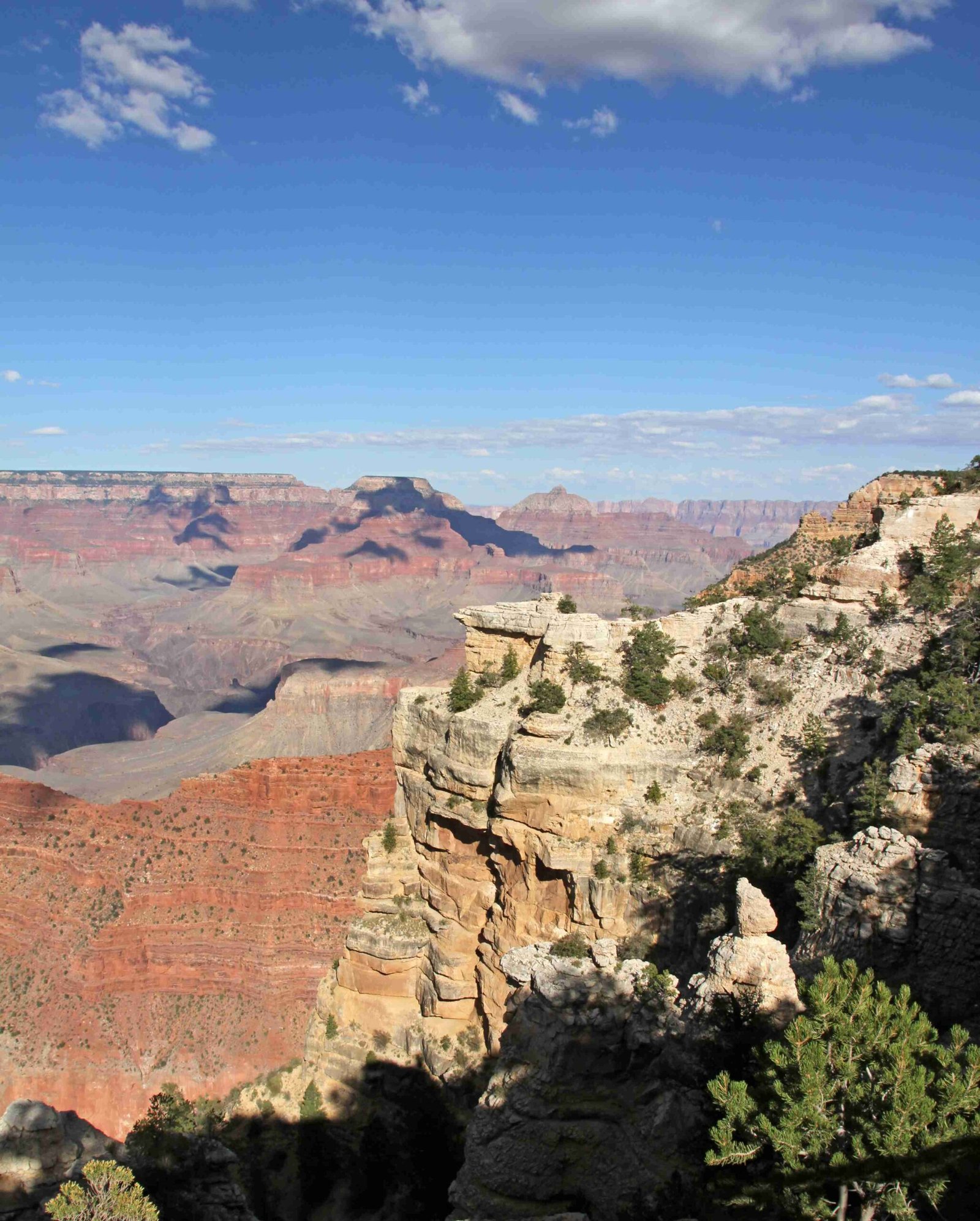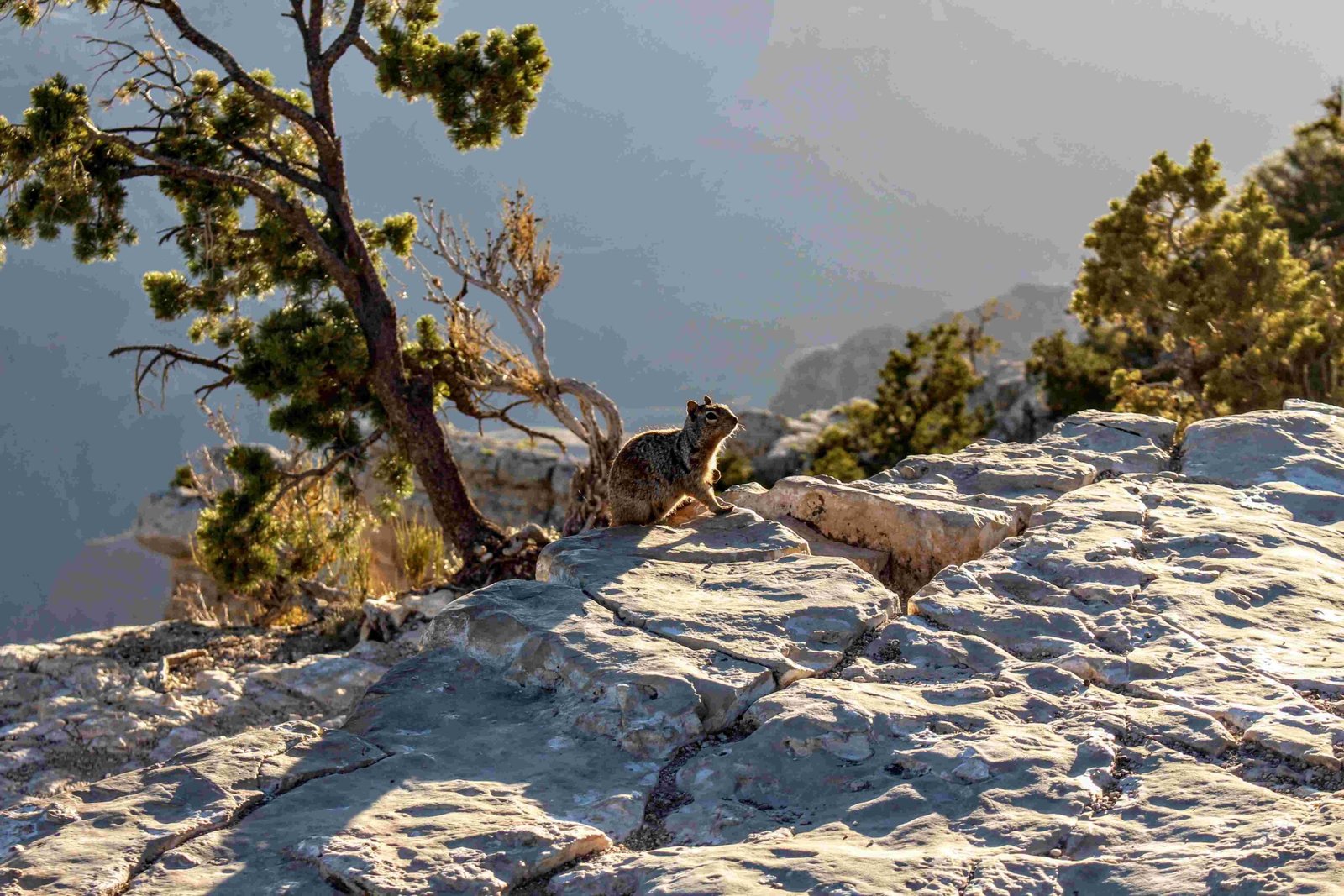The Grand Canyon emerged through an extraordinary 2-billion-year geological saga, where tectonic movements, sedimentary depositions, and relentless river erosion collaboratively sculpted one of Earth’s most magnificent landscapes. This natural masterpiece represents a complex interplay of geological processes that transformed ancient rock layers into a breathtaking canyon system through millions of years of continuous transformation.
What Geological Forces Initiated Grand Canyon’s Formation?

Early Rock Foundation
The Grand Canyon’s story begins approximately 2 billion years ago with the formation of ancient basement rocks. These foundational layers, including Vishnu Basement Rocks, Brahma Schists, and Zoroaster Granite, were created during intense tectonic collisions that shaped the proto-North American continent.
Sedimentary Layer Development
Between 1.2 billion and 250 million years ago, marine environments deposited extensive sedimentary rock layers. These included:
- Sandstone formations
- Limestone deposits
- Shale layers
- Paleozoic strata
| Rock Type | Approximate Age | Characteristics |
|---|---|---|
| Vishnu Schist | 1.75 billion years | Metamorphic basement rock |
| Zoroaster Granite | 1.73 billion years | Igneous intrusive rock |
| Tapeats Sandstone | 525 million years | Marine sedimentary layer |
| Bright Angel Shale | 515 million years | Coastal marine deposit |
How Did Colorado River Contribute to Canyon Formation?

River’s Erosional Power
The Colorado River emerged as the primary sculptor of the Grand Canyon around 6 million years ago. Its powerful hydraulic erosion systematically carved through multiple rock layers, creating the canyon’s distinctive landscape.
Key erosion mechanisms included:
1. Vertical downcutting through rock layers
2. Lateral widening of canyon walls
3. Capturing older drainage systems
4. Exposing geological history through rock layer removal
Uplift and Tectonic Influences
Significant geological events contributed to the canyon’s formation:
– Laramide orogeny (75 million years ago)
– Basin and Range Province crustal stretching (18 million years ago)
– Continuous regional uplift
What Unique Erosional Processes Shaped the Canyon?
Multifaceted Erosion Techniques
The Grand Canyon’s appearance resulted from several interconnected erosional processes:
- Hydraulic Erosion: Colorado River’s water flow
- Chemical Weathering: Rock layer decomposition
- Wind Erosion: Surface rock modification
- Hillslope Erosion: Side canyon development
Geological Time Markers
The canyon’s formation reveals remarkable geological milestones:
– Precambrian basement rock formation
– Paleozoic sedimentary depositions
– Mesozoic landscape transformations
– Cenozoic river carving
What Makes Grand Canyon’s Geological Story Unique?
Exposed Geological History
The Grand Canyon uniquely exposes nearly 40 distinct rock layers, providing an unparalleled geological timeline. The “Great Unconformity” represents a significant gap in rock records, showcasing millions of years of geological processes.
Continuous Transformation
The canyon continues evolving, with ongoing erosional processes gradually reshaping its landscape. Each year, the Colorado River removes approximately 100,000 tons of rock, ensuring the canyon’s perpetual transformation.
Visitor Exploration Opportunities
Geological Discovery Resources
- Ranger-guided geological tours
- Visitor center exhibits
- Educational programs
- Scenic hiking trails
Conclusion
The Grand Canyon represents a magnificent testament to Earth’s geological complexity, revealing a 2-billion-year narrative of transformation, erosion, and natural artistry.

